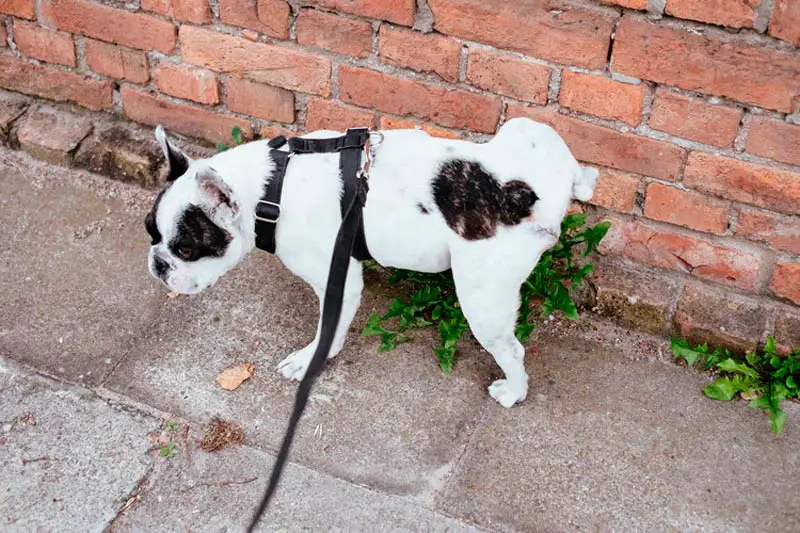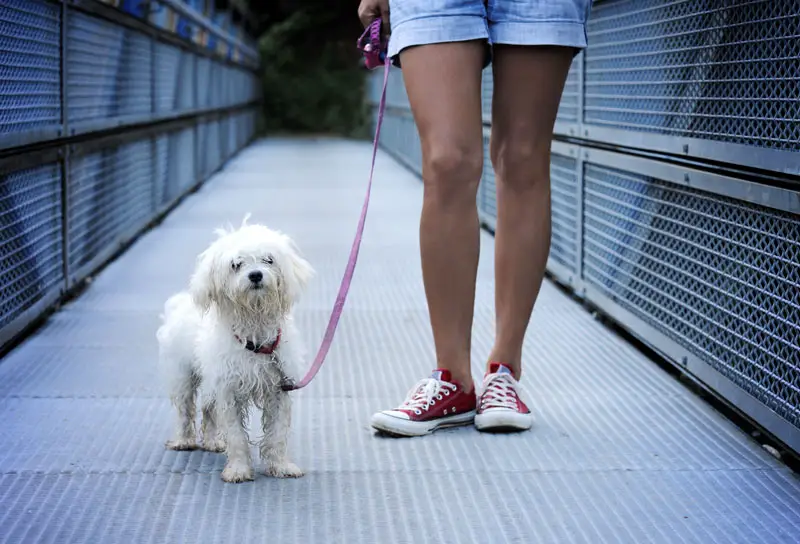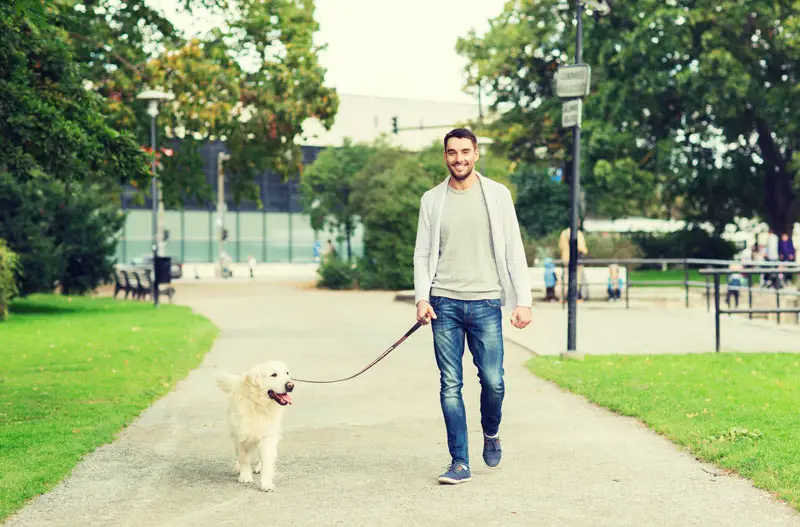Elimination Timelines For Adult Dogs
A healthy dog can produce around 10 to 20 ml of urine per pound of body weight. Ideally, your adult dog should be allowed to go outside to relieve itself every four hours during the day or 3 to 5 times per day.
However, if your pet has been crate-trained, it will be able to hold its pee for around 8 hours to 10 hours. But, be warned that your dog may be vulnerable to health conditions like urinary tract infections and urinary stones if it holds on to its urine for long periods.
No rule says large breed dogs can control their bladders better compared to small breeds. A large-sized canine will produce more urine, whereas a small-sized one has a smaller bladder capacity.
Plus, external factors like weight or health can also play a role in determining how many times your pet needs to go outside per day. For instance, obese dogs will need to pee more often, as will canines with issues like diabetes.
Long story short, remember every canine is unique, and what works for other dogs may not work for yours. Therefore, it’s best to work out how many times a day your dog should go out based on its individual characteristics.
The generalizations shouldn’t be taken as gospel – they’re there to help you figure out your pet’s schedule.
Elimination Timelines For Older Dogs
It’s fascinating how many similarities humans and canines share. One of them is weakening bladder control due to age. That’s why canines in their golden years are a lot like puppies when it comes to holding urine in.
The inability to go outside in time or eliminating indoors has nothing to do with spite or misbehaving – it’s just that your dog can’t help itself.
Senior canines should get a bathroom break every 4 to 6 hours. Once again, this statistic doesn’t take into account your pet’s unique circumstances. For instance, if your older dog has diabetes and drinks more water – that means you’ll have to adjust the schedule according to its needs.
Additionally, if your pet’s going through cognitive dysfunction or memory loss – you’re the one who’s going to have to take the initiative on frequent bathroom breaks because your pet may not remember.
We recommend pet parents of senior dogs invest in waterproof and memory foam dog beds – because they help with orthopedic conditions and are easier to clean in case of house soiling.






